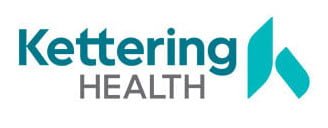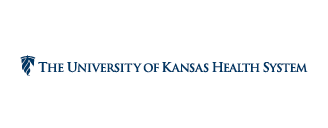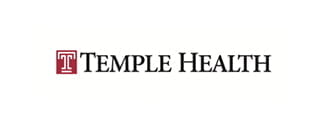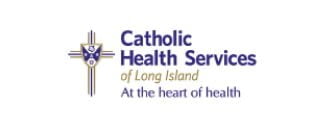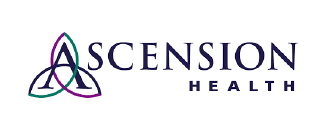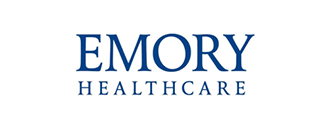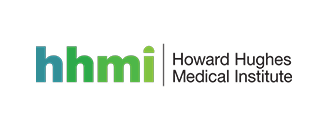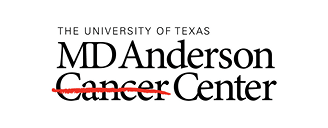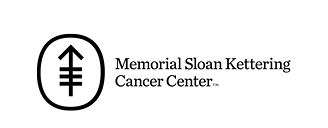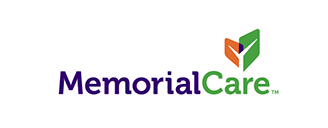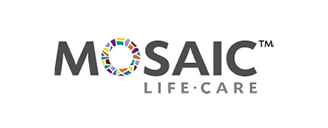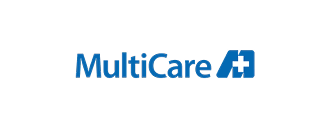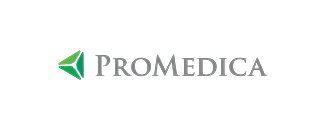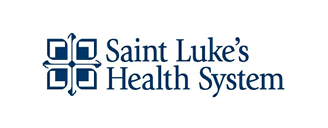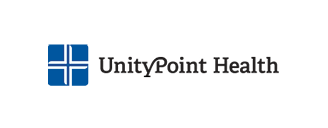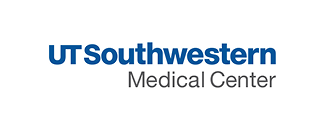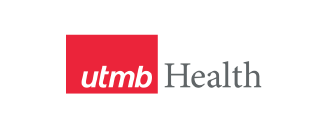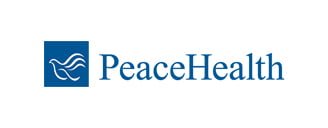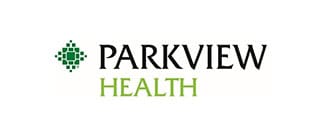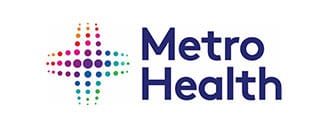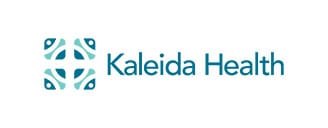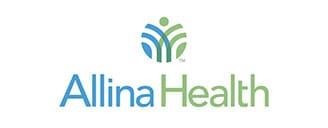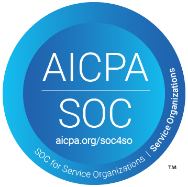Introduction
The past half-decade has unleashed many challenges and disruptions onto the healthcare supply chain. Among the most recent, new tariffs by the Trump administration may be the latest headwinds that supply chain leaders will face. But exactly how will tariffs impact the healthcare supply chain?
In this article, we provide a brief overview of tariffs, the latest updates on tariffs by the Trump administration, and a summary of their potential impact on both the healthcare and pharmaceutical supply chains. To close, we offer several tips for supply chain leaders to navigate this new economic landscape.
What are tariffs? A brief overview
According to the Council on Foreign Relations, a tariff is a government tax on imports from other countries. Tariffs have historically been implemented to protect domestic industries and provide a modest amount of government revenue.
The latest on tariffs from the Trump administration
This month, the Trump administration approved new tariffs to take effect on Saturday, February 8th. After weeks of debate on key details of these tariff policies, the administration finalized a 25% tariff on imports from both Mexico and Canada and a 10% tariff on China. Days later, however, the Trump administration announced it would pause its tariffs on Canada and Mexico
for 30 days.
The data on tariffs
Evidence suggests that tariffs often produce unintended side effects. A 2020 study published in the National Library of Medicine analyzed five decades of data from 150 countries and found that tariff increases are associated with a decline in economic growth.
Notably, tariffs are also a source of inflation and increased costs across industries—including healthcare supply chains.
How tariffs impact the healthcare supply chain
The U.S. is the world’s top importer of medical goods. In 2022, the World Trade Organization calculated that the U.S. imported over $306 billion worth of medical goods: 19.2% of the world’s total. As such, these new tariffs will impact some of the U.S.’s top imported goods, including medical supplies, medical devices, and pharmaceuticals.
Increased prices on U.S. medical devices
According to a November 2024 article from Becker’s Hospital Review, the Trump administration’s tariff plan would affect 75% of U.S. medical devices. With approximately 69% of U.S. medical devices manufactured outside the U.S., all these goods would be subject to tariffs.
According to Becker’s, companies are most likely to respond to these tariffs by raising prices on the goods they’re importing to cover financial losses. These price increases will ultimately affect end consumers including health systems, payors, and patients.
Higher prices on pharmaceuticals
The U.S. imported $229 billion in pharmaceuticals and medicines in 2024. This was the second most-imported good to the U.S. last year. A recent article from The Hill notes that “Canada, China, and Mexico are among the top five countries from which the U.S. imports pharmaceutical goods.”
With a 25% tariff on all imports from Mexico and Canada and a 10% tariff on goods from China, these new policies are expected to drive up costs and disrupt supply chains, potentially leading to shortages.
Healthcare supply chain and pharmaceutical supply chain disruptions
Notably, tariffs are also likely to lead to supply shortages and supply chain disruptions. This is due in part to shifts in demand for products from countries that are not affected by tariffs. In addition, shortages can occur due to increased demand for domestic production.
For example, generic drugs may be particularly prone to price increases and disruptions as a result of tariffs. This is because the U.S. imports a significant amount of ingredients for generic drugs from China. In addition, profit margins for generic drugs are very thin. As a result, manufacturers often have to produce as much as possible to stay profitable. This makes them more vulnerable to shortages when they occur.
Navigating the new landscape ahead
In the wake of the news of new tariffs, the global economy is bracing for inflation, shortages, and more. For example, companies across many industries have expedited imports to the U.S., while purchases for everything from steel to soybeans have ramped up in recent months as well.
Advice for healthcare supply chain leaders
Amid this uncertainty, staying informed is the first step in navigating the potential economic changes brought on by new tariffs. Leading U.S. customs broker C.H. Robinson recently released a guide detailing the Trump administration’s tariff plan and the political mechanisms by which these tariffs may be approved.
Additionally, the article offers a “How to prepare” section with several actionable steps for supply chain professionals across any industry. These steps include:
- Maintain close contact with your customs broker to understand which commodities will be affected by tariffs.
- Coordinate with finance departments to expedite inventories ahead of tariff price increases.
- Run risk scenarios to analyze the potential impacts of tariffs at various rates.
- Identify areas to diversify and build resilience in your supply chain, such as by partnering with domestic suppliers.
The pandemic proved it particularly important to diversify healthcare supply chains wherever possible. With several suppliers and manufacturers to source from—ideally in multiple countries—tariffs are much less likely to critically disrupt your entire supply chain.
Conclusion
Trump administration tariffs are set to begin in early February 2025. While intended to protect the U.S. economy and promote domestic production, these tariffs may bring higher costs as well.
It’s likely that tariffs’ impact on the healthcare supply chain will be significant. This includes higher costs and possible disruptions across medical supplies, medical devices, pharmaceuticals, and more. Supply chain leaders can take several steps to prepare, in part by taking a page from the pandemic playbook.
About us
We modernize clinical supply chains to support healthier patients. Our technology-driven solutions and consultative customer experience empower health systems and outpatient pharmacies to build smarter, more resilient supply chains. With over 700 hospitals and a 97% customer retention rate, we’re trusted to deliver transparency, cost savings, and
peace of mind.
